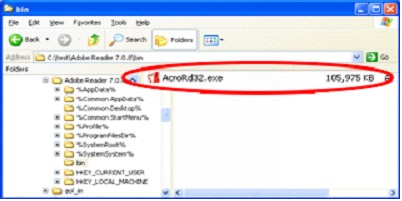2. Share your ThinstalVS directory and launch SetupCapture on a clean PC
We recommend launching Setup Capture directly from a network share to ensure no changes are made to the local PC except by the installed application. In order to create a full capture of an application you should have available a clean Windows system for the lowest platform you need to support. For example, use Windows 2000 if you plan to support 2k,XP,2k3, and Vista.
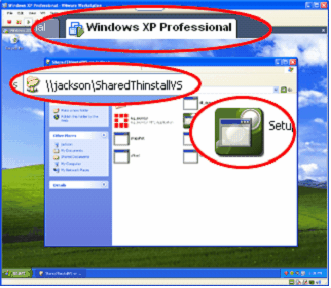
3. Use default options and select "Pre-install Scan"
On a fast clean PC, the scan process should take ~10 seconds for Windows XP.
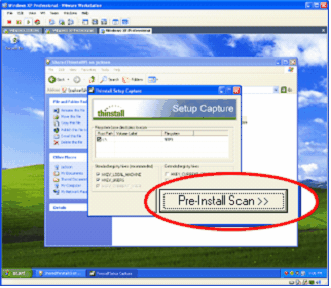
4. When the scan finishes, install your target application.
After installing your application you may also want to configure it as you want it to appear when the resulting Thinstalled application is first executed by a new user.
If the application does not have an installer, you can manually copy the application files to the capture machine and add desktop or shortmenu shortcuts to EXE files you want to generate Thinstall EXEs for during the build process. Setup capture will automatically detect all the changes made to the guest machine including installation of 3rd party libraries, COM registrations, and registry edits.
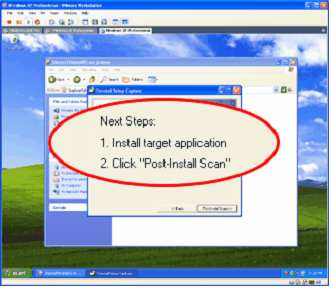
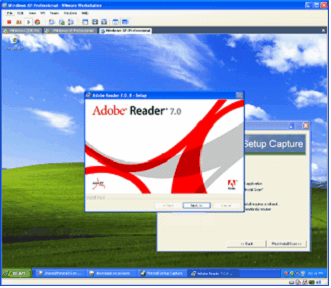
4. After the application has been installed and configured, click Post-install Scan
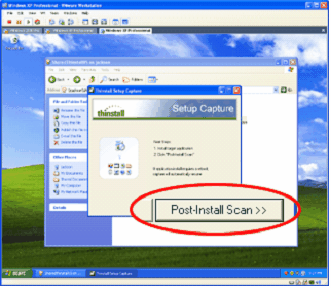
6. Confirm Location to save project and Click Save Results >>
Thinstall will suggest a name for the project. If the application installed multiple components, you may need to adjust the suggested name.
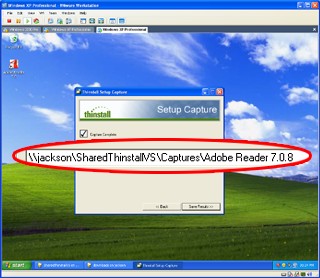
7. Switch to dev PC with ThinstallVS installed, and execute build.bat
This will execute the virtual registry compiler, virtual filesystem packager, and runtime linker to produce one or more EXE files in the bin directory under your project. If you installed ThinstallVS to a location other c:\Program Files\ThinstallVS, you need to set the environment variable THINSTALL_BIN before executing the build.bat file. ThinstallVS can be run from a shared network location so it does not need to installed locally.
Note: Thinstall selects one "primary" EXE to host the Thinstall runtime plus application registry data and files. The other EXE files are simply "Shortcuts" to the main EXE and can be deleted prior to distribution to users if they are not needed. EXEs are selected based on which shortcuts were installed by the application during install, so you can delete unimportant shortcuts before completing the post-install setupcapture scan on capture machine. If you want a different primary EXE after SetupCapture has completed, you can edit the package.ini file. Shortcut EXEs cannot be run unless the "primary" EXE is located in the same directory. Shortcut and the primary EXE will share a common virtual registry and filesystem and can interact with each other.
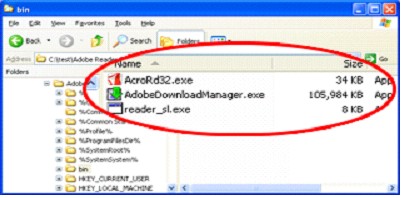
Editing package.ini
For example, with Acrobat reader we can make AcroRd32.exe the only EXE by editing:
